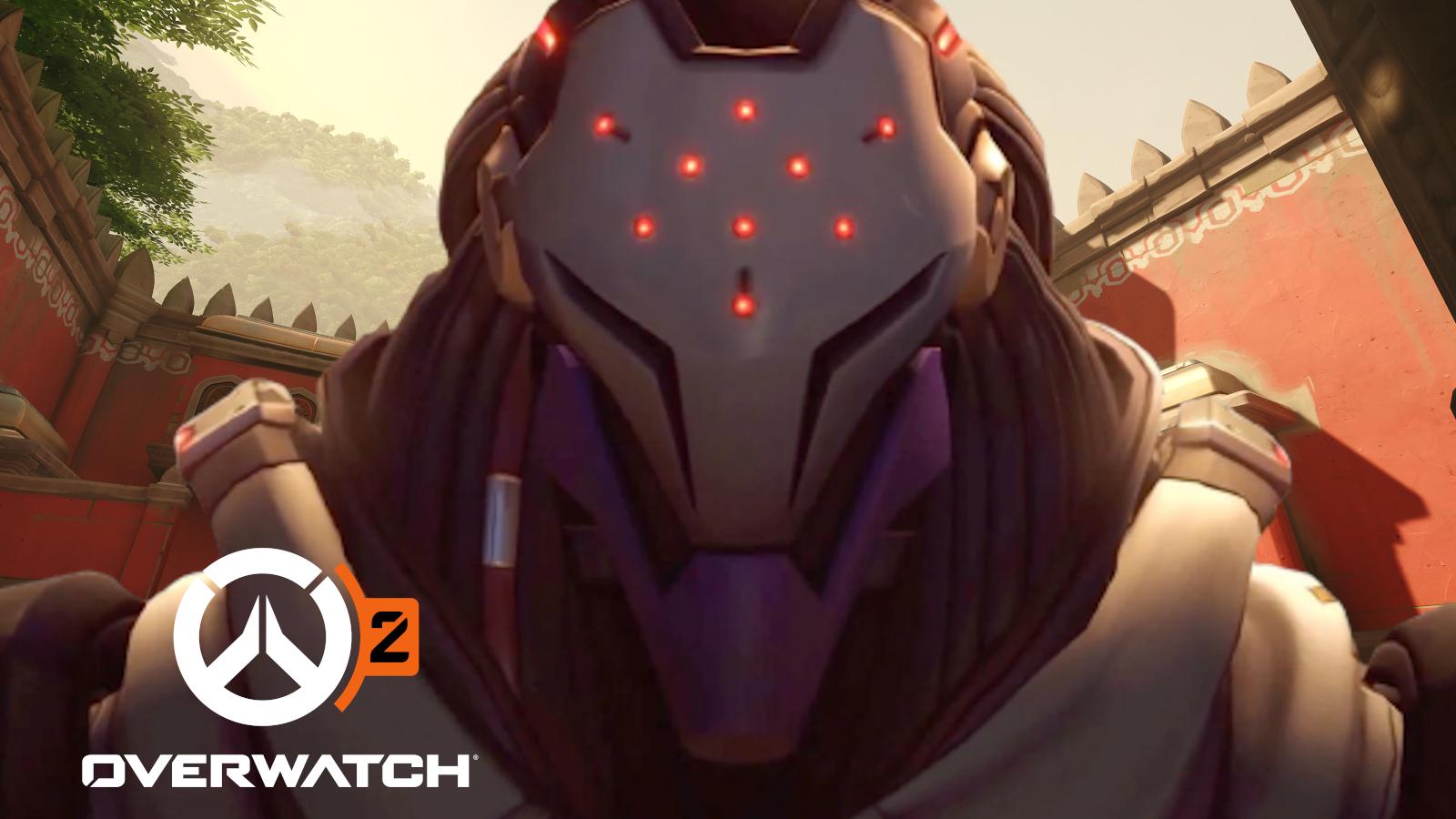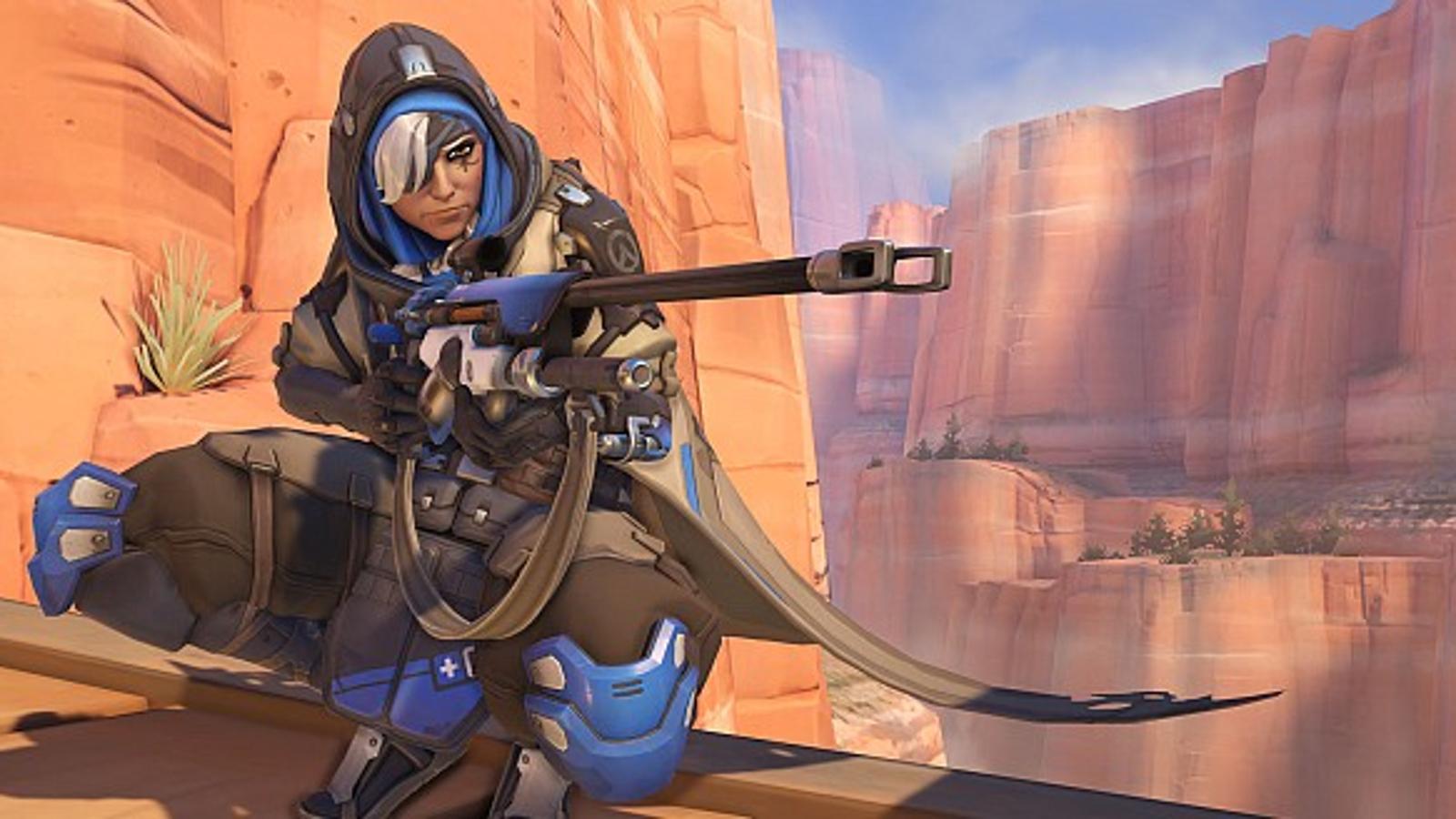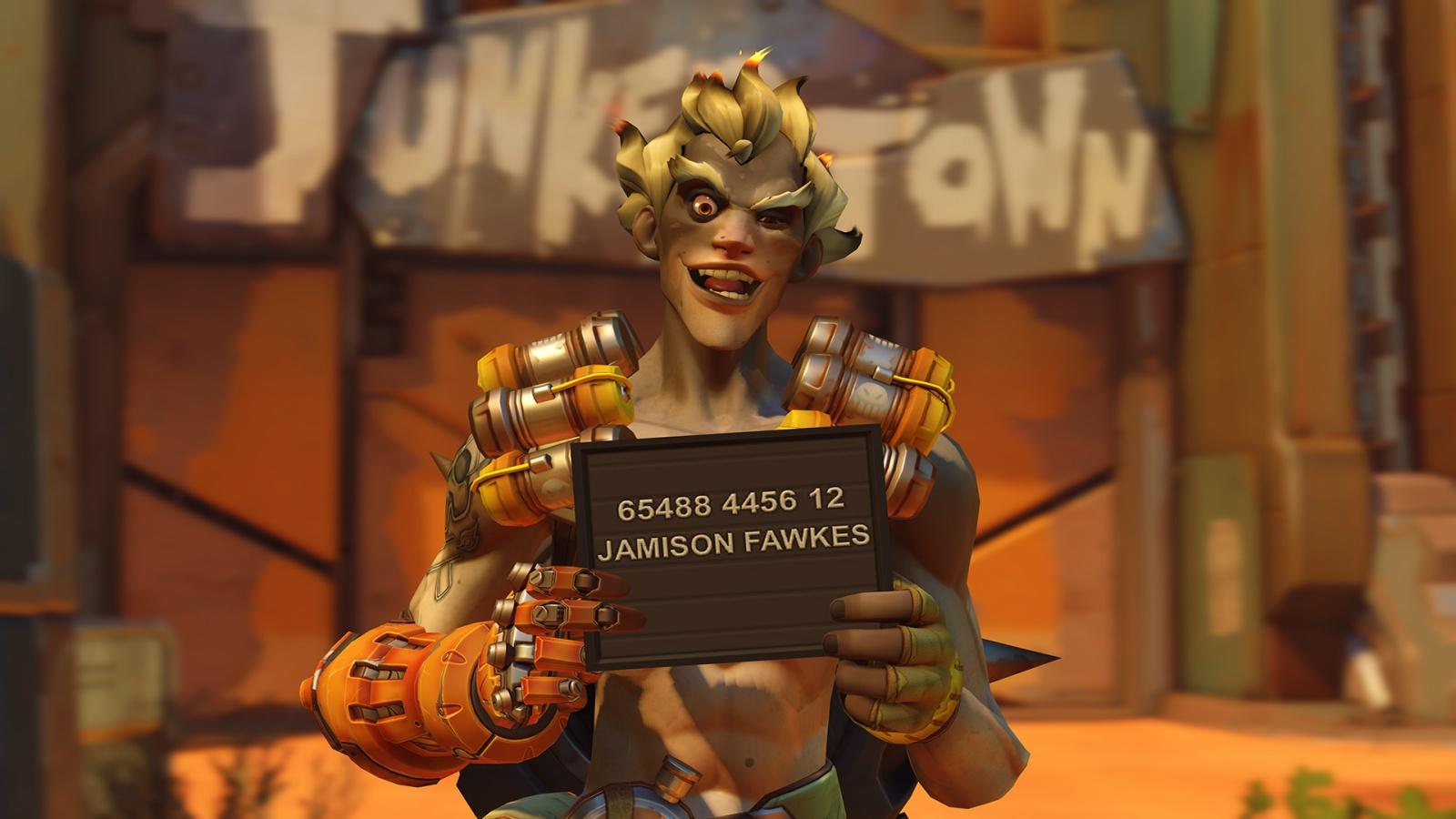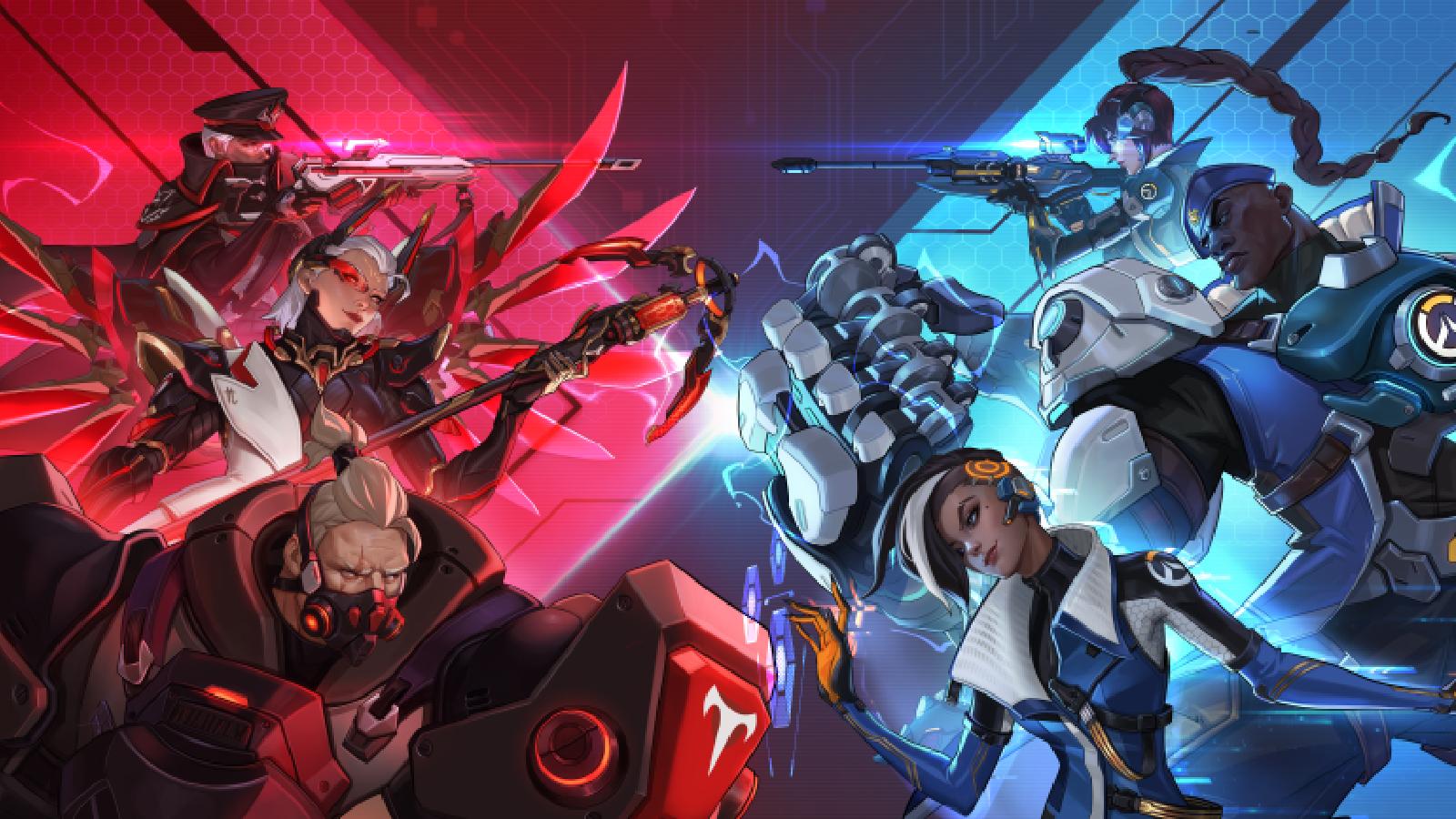What is GOATS in Overwatch?
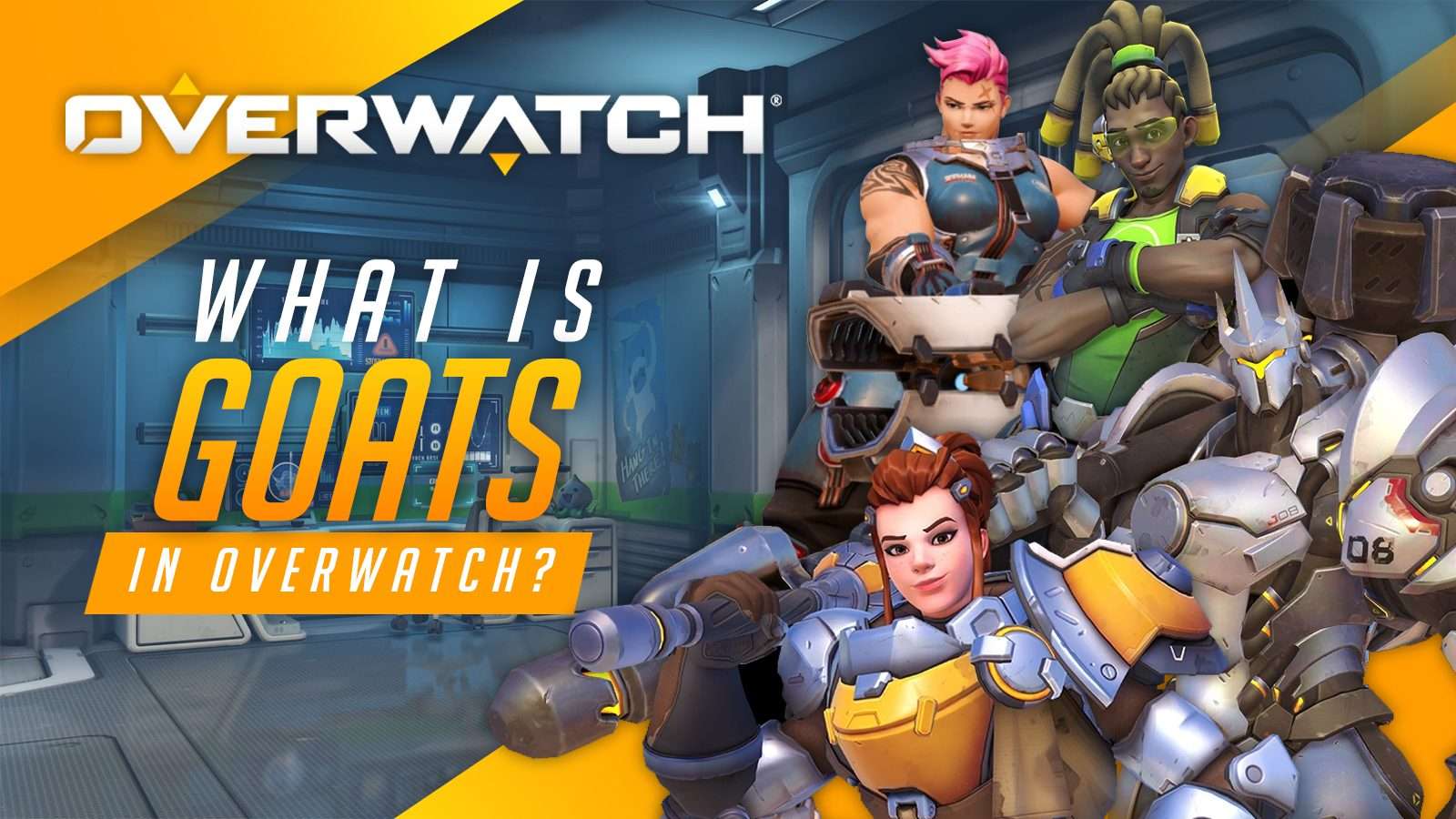
If you’ve been paying any attention to Overwatch in the last six months or so, there’s a good chance you’ve heard the term “GOATS”.
[ad name=”article1″]
If you’re not a competitive player or a hardcore esports fan, however, you might not be entirely clear on exactly what it is, why it’s called “GOATS”, or why most fans seem desperate to see it gone.
As “GOATS” is practically a mandatory addition to the vocabulary of any Overwatch player or fan in the game’s current state, we’ve put together an explanation of exactly what GOATS is, where it came from, and what the future holds for it.
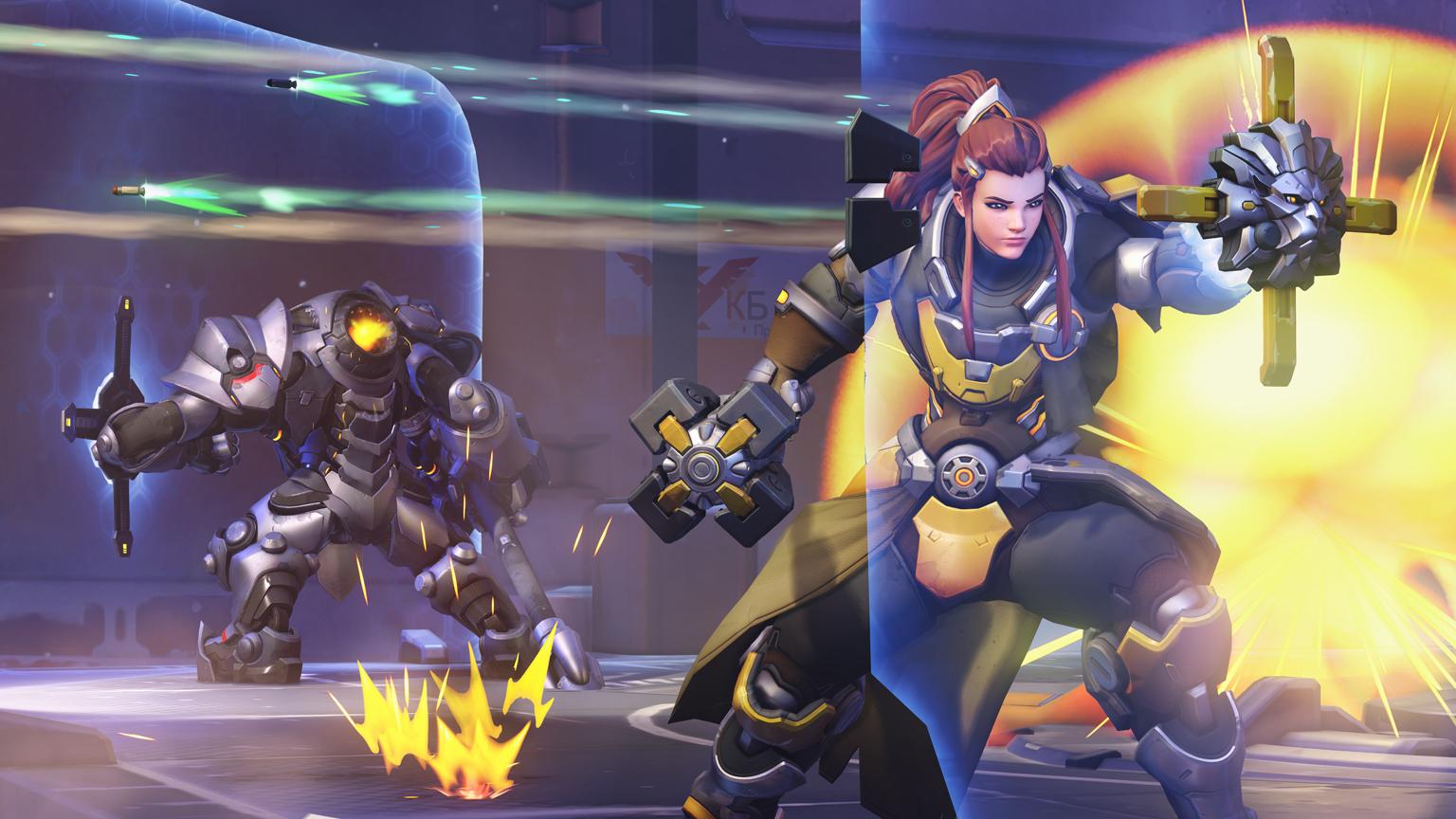 GOATS has been the predominant composition in competitive Overwatch for several months.
GOATS has been the predominant composition in competitive Overwatch for several months.What is GOATS?
GOATS is a triple-tank, triple-support composition named after the Overwatch team that popularized the strategy during their successful campaign through the North American Open Division and into Contenders NA.
The classic line-up features Reinhardt, Zarya, and D.Va as the tank line, and Brigitte, Lúcio, and Moira in the support positions.
In the highest levels of competition such as the Overwatch League, however, the value that an excellent Zenyatta player brings often means that he is played in place of the Moira, though the rest of the composition typically remains unchanged.
[ad name=”article3″]
How does GOATS work?
At its most basic level, GOATS is something of a super-powered version of classic “deathball” strategies, in which the idea is for the team to remain together as they charge down the enemy, targeting a specific player at a time to eradicate them quickly.
For this purpose, the speed boost provided by Lúcio is vital in allowing the composition to run down an enemy despite lacking the same degree of mobility that “dive” compositions have, while the close-range nature of the support provided by the likes of Lúcio, Brigitte, and Moira (if played) both encourages and rewards the team remaining together.
[ad name=”article4″]
If coordinated properly the targeted damage more than makes up for the lack of “DPS” heroes, yet the large health pools and healing capacity offered by the extra tank and support that take the slots otherwise reserved for DPS mean that the GOATS composition itself boasts lots of survivability.
The complexity of GOATS comes in the team’s coordination, communication, and cooldown management. It’s therefore much more prevalent and effective at higher levels of play, and specifically in organized teams, than in the broader quick play or competitive playlists.
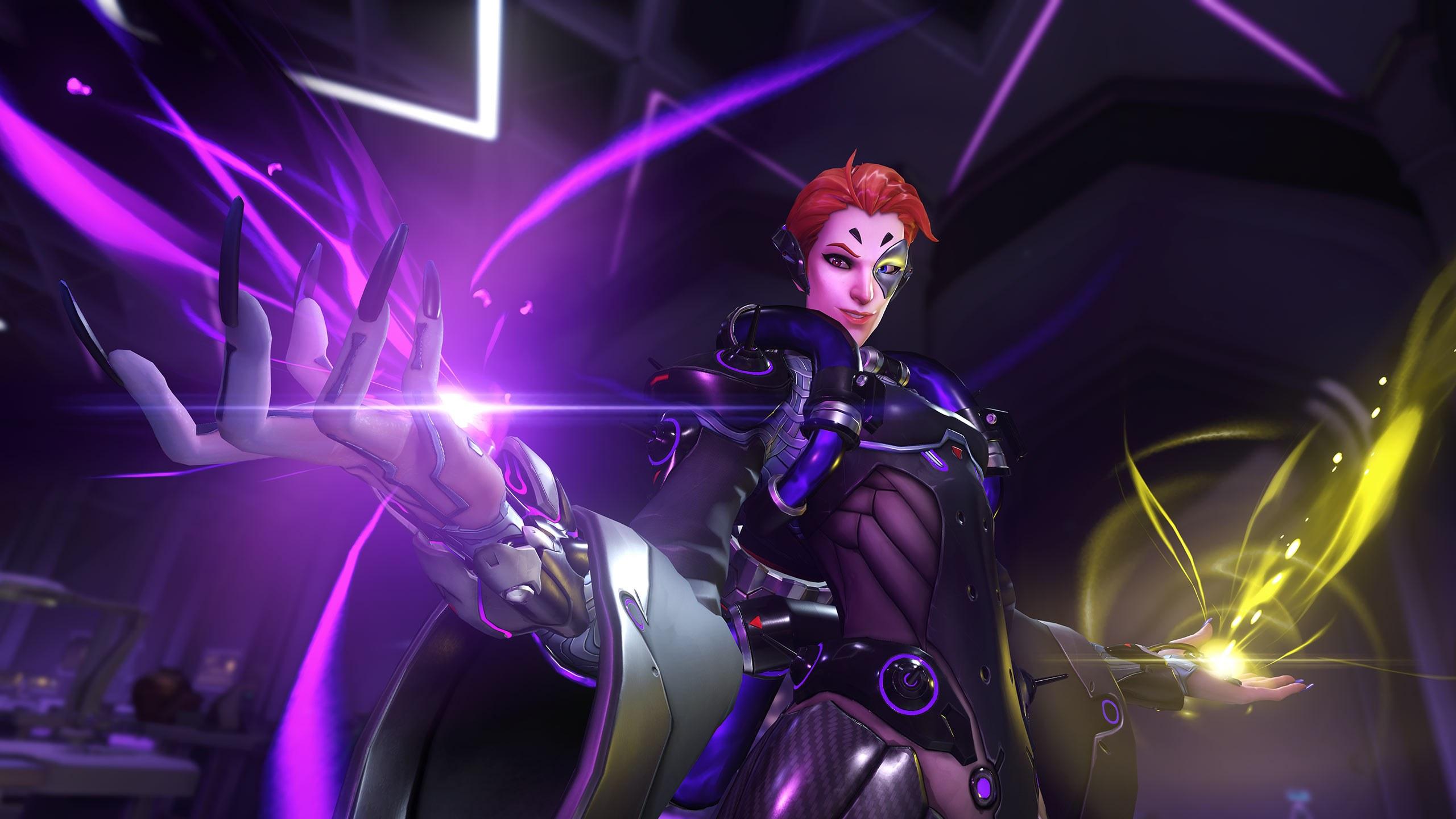 Moira can be swapped out for Zenyatta as a variation on the original GOATS composition.
Moira can be swapped out for Zenyatta as a variation on the original GOATS composition.Why don’t Overwatch fans like GOATS?
Beyond the usual grumblings about the prevailing meta of the day, GOATS has come under particular fire for two main reasons.
The first is simply that the composition has endured at the forefront of the competitive meta for quite a long time now, with the original GOATS team first making their mark in May of 2018. Though the rise of the meta missed the end of Overwatch League season one, the GOATS composition has dominated most other Overwatch competition since then.
In regard to the composition itself, however, many fans consider it to be boring to both play and watch. With no space for heroes like Widowmaker, Tracer, and Genji in the GOATS composition, it’s less prone to producing spectacular highlight moments than most metas before, although Overwatch League analyst Sideshow argues that GOATS has its own appeals the more you understand precisely how it works.
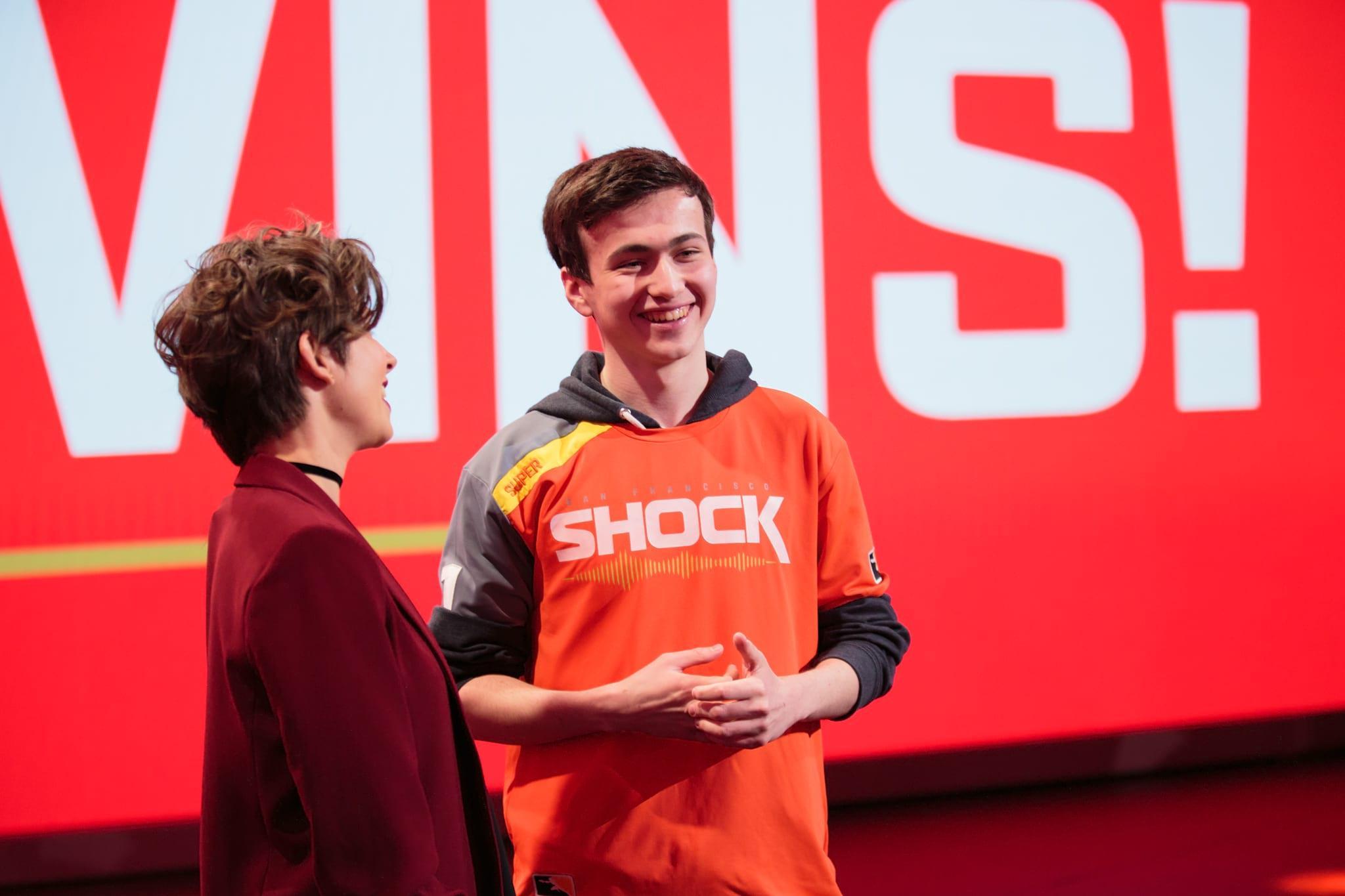 San Francisco Shock main tank Super thinks the next patch will be the end of GOATS.
San Francisco Shock main tank Super thinks the next patch will be the end of GOATS.When will GOATS be replaced?
Though it’s always hard to predict how the meta will shift, as it’s often predicated on the creativity of players in coming up with new strategies and counters, the one factor likely to disrupt the Overwatch meta is balance changes.
Fortunately for fans who are sick of GOATS, the balance changes that could spell the end of the compositions supremacy do seem to be approaching. On the current Overwatch Public Test Realm (PTR) patch, a huge swathe of changes are being tested, some of which seem specifically targeted at reducing the power of GOATS.
While it remains to be seen how big a hit GOATS will take, or what new strategies will replace it at the forefront of the meta, the new patch can be expected to reach the live servers alongside Baptiste’s release, which Blizzard have now confirmed will be on March 19.
